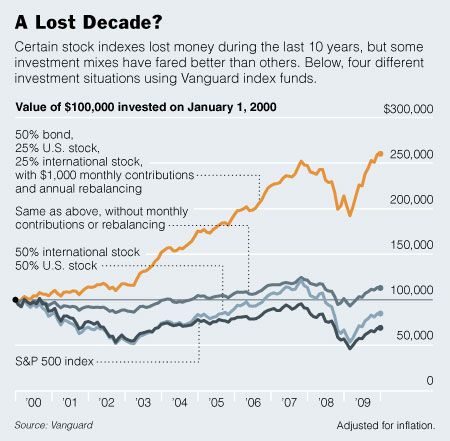These [China's] efforts to dominate renewable energy technologies raise the prospect that the West may someday trade its dependence on oil from the Mideast for a reliance on solar panels, wind turbines and other gear manufactured in China.Anyone over at Green Inc. see the difference between buying oil and buying capital equipment used to make energy from the wind and sun? Actually, forget that difference. Anyone over at Green Inc. think that we would be better off without Mideastern oil? It would be nice if the folks over at Green Inc. would provide at least a hint that they understand the basic gains from trade and then explain that to their readers.
It gets worse:
Excuse me. I just fell off my chair. Let me clarify: you're saying 20-40 percent more than coal is expensive? You're not counting externalities like air pollution and probable climate change, I presume? Besides, wasn't coal like 100 percent more expensive just 18 months ago? If that's right, wind looks inexpensive to me, but then you're telling me that my eyes deceive me and that wind is actually very expensive? My eyes must really deceive me because then you tell me renewables are getting cheaper very quickly:
“Most of the energy equipment will carry a brass plate, ‘Made in China,’ ” said K. K. Chan... President Obama, in his State of the Union speech last week, sounded an alarm that the United States was falling behind other countries, especially China, on energy... “I do not accept a future where the jobs and industries of tomorrow take root beyond our borders — and I know you don’t either,”...many Western and Chinese executives expect China to prevail in the energy-technology race. Multinational corporations are responding to the rapid growth of China’s market by building big, state-of-the-art factories in China. Vestas of Denmark has just erected the world’s biggest wind turbine manufacturing complex ....China’s commitment to renewable energy is expensive. Although costs are falling steeply through mass production, wind energy is still 20 to 40 percent more expensive than coal-fired power. Solar power is still at least twice as expensive as coal.
With prices tumbling, China’s wind and solar industries are increasingly looking to sell equipment abroad — and facing complaints by Western companies that they have unfair advantages. When a Chinese company reached a deal in November to supply turbines for a big wind farm in Texas, there were calls in Congress to halt federal spending on imported equipment.
“Every country, including the United States and in Europe, wants a low cost of renewable energy,” said Ma Lingjuan, deputy managing director of China’s renewable energy association. “Now China has reached that level, but it gets criticized by the rest of the world.”I can appreciate arguments for more stimulus spending. The first thing to do (so say a great majority of economists I've read) is give money to states so they don't have to continue cutting back on basic public services, laying people off, furloughs, and suffer all the associated negative multiplier effects. They might also build better/larger interstate transmission grids. Or repair our many dilapidated bridges. But preventing trade of this strongly mutually advantageous sort seems like a really bad idea.
There are probably some other tough underlying tensions here, like the fact that China is keeping its exchange rate too low. But there's no mention of that in this article, or in the linked article about Schumer.
I think the New York Times can and should do better.



